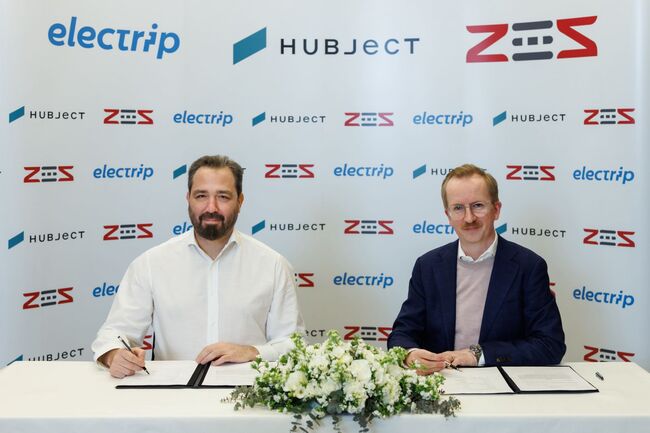The Protected Audience API (PA API) represents a significant innovation in digital marketing, particularly in the context of privacy-based advertising strategies. As third-party cookies become a thing of the past, digital ads need new solutions that respect users’ privacy while allowing for effective targeting and personalization of ads. The PA API is one such solution, offering a framework for remarketing that preserves privacy without compromising the relevance of ads to audiences.
What is the Protected Audience API?
Essentially, the PA API allows advertisers to define audiences using interest groups, rather than relying on third-party cookies that track users across the web. The approach differs significantly because the data for these interest groups is stored on the device, in the user’s browser, and is not shared with advertisers, publishers or advertising platforms. This mechanism ensures that consumers’ browsing histories and personal data remain private, addressing growing privacy concerns in the digital age.
How Does It Work in Practice? Features And Advantages
The process begins when a demand-side platform (DSP) registers a consumer’s interest in a product or service in his or her browser, adding him or her to an appropriate interest group, such as “Interested in winter boots.” This action includes a reference to the DSP’s bidding logic. When the consumer later visits the publisher’s site, his browser initiates a Protected Audience auction with the Supply Side Platform (SSP) and its DSP partners configured. The auction process is confined to the protected browser environment, ensuring no direct sharing of audience data between publishers, SSPs and DSPs. The winning ad is then displayed to the consumer by the browser, which also reports the auction results back to the SSP and DSP.
One of the most important features of the PA API is the move of ad auctions to the browser sandbox, moving away from traditional web-based ad auctions. This transition not only enhances privacy, but also ensures that all the bidding logic provided by the DSP runs in a secure environment. The browser itself understands the intricacies of the auction and manages the ad logic required for bidding. Another major advantage is the implementation of k-anonymity, requiring a minimum audience threshold to be met before an ad is displayed, thus preventing microtargeting and enhancing user privacy.
What Will Be the Future? What’s Ahead of Us.
As Google Chrome prepares to disable third-party cookies in a small fraction of its traffic by the first quarter of 2024, it is crucial for advertisers, publishers and advertising technology providers to familiarize themselves with the Protected Audience API and begin testing. This phase of technical readiness assessment is critical to ensure a smooth transition to a more privacy-focused advertising model. In particular, publishers are advised to upgrade to the latest technologies and configurations, such as Prebid and the fledgeForGPT module, to facilitate this transition.
In summary, the Protected Audience API provides a future-proof solution to the challenges posed by the need for privacy in digital advertising. By enabling targeted advertising in a way that respects users’ privacy, the PA API is poised to play a key role in shaping the future of digital marketing strategies.







